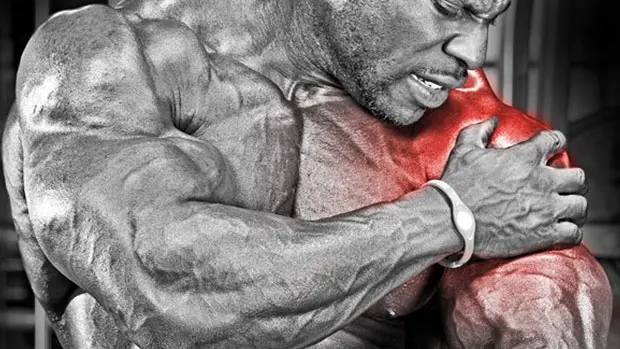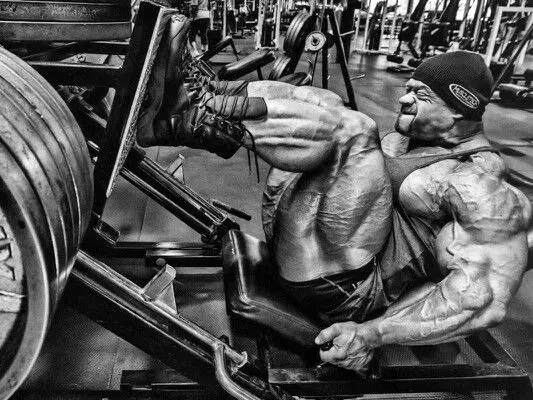Cheats never prosper, or so the saying goes. And while that is probably true for taxes and exams, for bodybuilders, cheating is sometimes beneficial. Unfortunately, a lot of exercisers use cheat reps with little or no forethought. Some people cheat pretty much all the time. As with any training method, you’ll get more from cheat reps if you learn why and how to do them correctly.
What are Cheat Reps, and what are the benefits?
Let’s start out by clarifying what cheat reps are. A cheat rep is when you change your technique to make an exercise easier. This includes things like using your legs or back to swing a weight up, cutting your range of motion short, or using momentum to help you get past a sticking point. If you do anything that makes your exercise easier, it’s a form of cheating.
While a lot of coaches believe that cheating has no place in a workout, there are times when some strategic cheating can actually boost the effectiveness of your workout.
To that end, there are four types of cheating you need to be aware of. Two of them are “good,” while two of them are much less so.
1- Set extending cheats
with this form of cheating, you do as many reps as you can using perfect form, and then cheat so you can crank out a couple more reps. For example, during barbell biceps curls, you would do as many reps as you can using perfect form. Then, when you are unable to do any more reps unaided, you use your legs and back to help you pump out a few more reps.
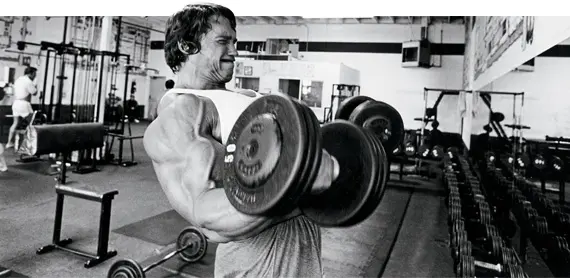
Extended set cheats take your muscles beyond their usual point of failure. This increases the time under tension, which is the length of time your muscles work per set. Time under tension is vital for muscle growth(1). This type of cheating can also create a better muscle pump, another important factor for building muscle mass.
Level Up Your Fitness: Join our 💪 strong community in Fitness Volt Newsletter. Get daily inspiration, expert-backed workouts, nutrition tips, the latest in strength sports, and the support you need to reach your goals. Subscribe for free!
2- Heavy cheats
This method allows you to lift more weight than normal. More weight increases the tension on your muscles, and this is important for building strength. For example, you could use your hips and lower back to help you lift more weight during bent-over rows. With heavy cheats, you tend to use looser form throughout your set, and not just at the end.
3- Ego cheats
A lot of people are really hung up on the amount of weight they can lift. Not because they are weightlifters or powerlifters, but just because of their egos. Many will cheat just to add a few extra pounds to the bar, even though lifting lighter weights may be safer or more productive. Instead of using cheating as a tool, these lifters cheat with no purpose other than fueling their egos. This is not a good type of cheating!
4- Don’t know any better cheats
Some people cheat without knowing it. It takes time, practice, and proper instruction to learn how to do strength training exercises properly. Beginners often cheat because they have yet to learn how to do their exercises correctly. This problem will go away once the lifter learns the right technique for whatever exercise they are doing.
Done properly, cheat reps allow you to increase the intensity of your workouts. In many ways, they are a lot like other intensifying training methods such as drop sets and forced reps. More workout intensity will produce better training results. However, cheat reps aren’t for everyone, and they should be used with caution.
The risk of cheat reps
Cheating allows you to lift more weight or do more reps than usual. While this could lead to increased strength and muscle mass, it is not without risks. Make sure you consider these factors before using cheat reps in your training.
Muscle injuries
When you cheat, you put a lot more stress and tension on your muscles. While this should trigger increased hypertrophy, it could also cause muscle tears. Torn muscles are excruciating and could mean you need to take time off training to recover.
Tendon injuries
Tendons connect your muscles to your bones. They are inelastic and have a very poor blood supply. This means they are slow to heal when injured. Cheating increases stress on not just your muscles, but your tendons too. Tendon injuries can be very serious and require lots of time and rest to heal. Ruptured (completely torn) tendons usually need to be repaired using surgery.
Joint injuries
A joint is where two bones meet and form a union. Because they allow you to lift more weight or do more reps, cheat reps can increase joint wear and tear. For example, cheating during preacher biceps curls increases the stress on your elbow joints. Joint injuries are often cumulative. They don’t happen all at once. Instead, they develop after months or years of abuse. Injured joints do not always heal.
Muscle soreness
Cheat reps make your workout much more demanding. This may lead to severe post-exercise muscle soreness. While this soreness isn’t usually too serious or long-lasting, it can make everyday activities like walking very uncomfortable. If you have never used cheat reps before, be prepared for some new aches and pains!
While cheat reps can be risky, there are several things you can do to make them safer, including:
- Warm-up properly
- Limit your use of cheat reps to just a few exercises and sets
- Introduce cheat reps gradually
- Use your common sense and stop cheating if you feel any unusual pain
Who should and shouldn’t use cheat reps?
Many strength training coaches are entirely opposed to cheat reps. They say that the risks outweigh any potential benefits. And while it’s true that cheat reps aren’t for everyone, some groups could benefit from some well-planned cheat reps.
Bodybuilders
If you are serious about building maximal muscle size, cheat reps can help. Using both heavy and set-extending cheat reps will trigger increased muscle growth. However, don’t be tempted to use them for every set of every exercise in your workout.
That’s a good way to end up tired, sore, and injured. Instead, use cheat reps to “finish off” the muscle group you are working on.
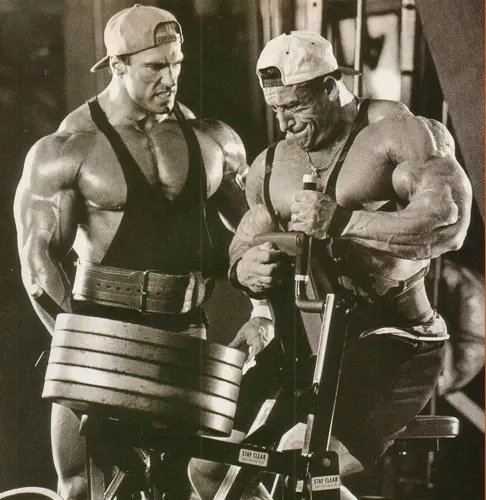
Strongman
The strongman competitions are all about lifting and carrying the heaviest weights possible. In many cases, the disciplines in strongman competitions involve lifting very unusually shaped objects, such as barrels, rocks, or oversized dumbbells. It’s all but impossible to lift these objects using perfect exercise form.
Using cheat reps in training will help prepare your body for the demands of competition.
Fighters
Like strongmen, fighters often have to do things with less-than-perfect form, like lifting an opponent using a rounded back. If you only ever train with perfect technique, you won’t be ready to do these things in competition. Cheat reps can help train your body for the unpredictable environment of the ring.
Powerlifters and weightlifters
In powerlifting and weightlifting competitions, the winner is the person who lifts the most weight. There are no extra points for perfect technique! Every pound counts, and the difference between winning and losing is often very small.
Using cheat reps in training may provide you with an edge in competition as you’ll have a “secret weapon” you can use to add a few extra pounds to your total.

While cheating can be useful, not all exercisers should do it. People that should mostly avoid cheating include:
Beginners
If you are new to working out, you should spend your time learning to do your exercises properly. You need to master the correct technique before you start changing it and cheating. Cheating too soon could teach you bad habits that are hard to break. Also, as a beginner, you should find that regular reps produce all the results you want. You don’t need to start cheating yet.
People with injuries
Cheating puts your muscles, tendons, and joints under a lot of stress. If you are currently injured, cheating will make things worse. If you have past injuries, you may also want to avoid cheating, as it could lead to hurting yourself all over again.
Level Up Your Fitness: Join our 💪 strong community in Fitness Volt Newsletter. Get daily inspiration, expert-backed workouts, nutrition tips, the latest in strength sports, and the support you need to reach your goals. Subscribe for free!
People with high blood pressure
Very intense strength training can dramatically increase your blood pressure (2). As cheat reps boost exercise intensity, it makes sense that they also cause your blood pressure to rise. That’s no problem for people with healthy blood pressure, but if your BP readings are already high, cheat reps could lead to a dangerous increase. If you are hypertensive, cheat reps have no place in your workouts.
The best exercises for cheat reps
In theory, you can use cheat reps on every exercise in your workout. However, because of the risks involved, such a scattergun approach is not recommended. Instead, you need to use cheat reps more selectively. Some exercises are better cheat rep options than others.
Here is a muscle group by muscle group guide to the best exercises for cheating.
Legs:
Leg presses– place your hands on your legs to push out an extra few reps.
Hip abductions and adductions– use your arms to help you lift more weight or do more reps.
Leg extensions – use momentum to help you get past the sticking point and crank out a few extra reps.
Squats– don’t descend as deeply so you can use more weight.
Chest:
Cable crossovers– add some extra forward lean to help you complete a few extra reps at the end of your set.
Back:
Seated rows– use your lower back to help you lift more weight or complete more reps. Avoid rounding your back as this can lead to injury.
Lat pulldowns– lean back to do more reps or lift more weight.
Pull-ups/chin-ups– kick with your legs to get your chin over the bar. CrossFitters call this kipping.
Bent-over rows– use your legs and lower back to help you lift more weight. Use this method with care; it puts a lot of extra strain on your spine.
Shrugs– hammer your upper traps by using your legs and lower back to lift more weight or do more reps.
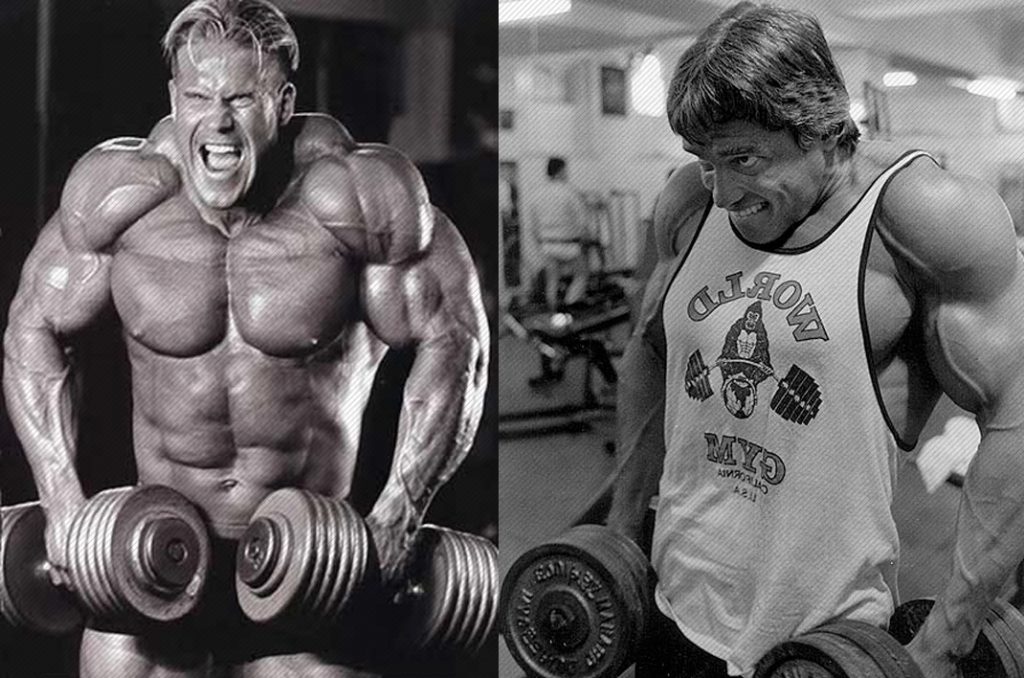
Shoulders:
Lateral raises– swing your body to help lift the dumbbells up and out to shoulder height. Bodybuilders call this variation power raises.
Bent over raises and rear cable flys– use your hips and lower back to help you crank out a few more reps beyond failure.
Overhead presses– dip and drive with your legs to help you press heavy weights up and overhead. This works with dumbbell and barbell overhead presses.
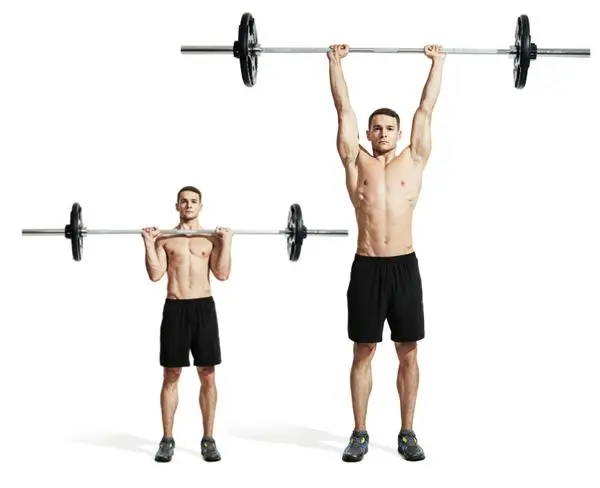
Triceps:
Triceps pushdowns– lean forward and use your abs and lats to push out more reps or use more weight. You can also let your elbows flare out to the side.
Biceps– use your lower back to help you swing the weights up to your shoulders. This works well with the barbell and dumbbell curls.
Abs:
Crunches and sit-ups– use your arms to give you momentum and lift your upper body off the floor. Lower slowly using your abs and repeat.
Hanging leg raises– kick your legs up to get a few more reps out at the end of your set.
Exercises that you could never cheat include:
- Bench presses
- Dumbbell flyes
- Deadlifts
- Romanian/stiff-legged deadlifts
- Upright rows
- Preacher curls
- Dips
- Pullovers
- Seated calf raises
- Skull crushers
- Back extensions
- Side bends
The risk of cheating outweighs any potential benefits. You might get away with cheating for a workout or two, but the odds are against you! Do these exercises with proper form to minimize your risk of injury.
The wrap-up
Used correctly, cheat reps can make your workouts more intense and effective. They can help you get stronger and build more muscle mass. However, like all training intensification methods, you need to use them properly for them to work.
Used occasionally, they are an excellent alternative to things like drop sets and forced reps. However, if you abuse them, they could cause serious injury.
References
1- Tran, Quan T.; Docherty, David; Behm, David (2006-11). “The effects of varying time under tension and volume load on acute neuromuscular responses”. European Journal of Applied Physiology. 98 (4): 402–410. doi:10.1007/s00421-006-0297-3. ISSN 1439-6319. PMID 16969639. https://www.ncbi.nlm.nih.gov
2- Hagberg, J. M.; Ehsani, A. A.; Goldring, D.; Hernandez, A.; Sinacore, D. R.; Holloszy, J. O. (1984-01). “Effect of weight training on blood pressure and hemodynamics in hypertensive adolescents”. The Journal of Pediatrics. 104 (1): 147–151. doi:10.1016/s0022-3476(84)80615-0. ISSN 0022-3476. PMID 6690660. https://www.ncbi.nlm.nih.gov

